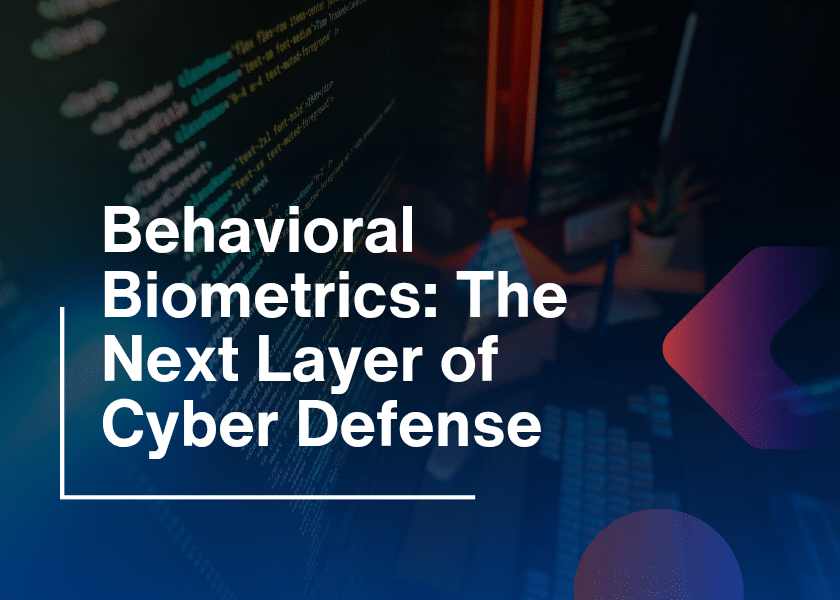In the rapidly evolving cyber threat environment, organizations must adopt advanced security measures to protect their digital assets. EDR and SOC are two critical components in this defense strategy. When integrated effectively, they significantly enhance the capabilities of Managed Security Service Providers (MSSPs), offering robust endpoint detection and real-time cyber response. Let’s learn how this partnership strengthens digital defenses and why MSSPs benefit the most from it.
Understanding EDR and SOC
To truly understand what is happening around how the security operations are changing, it is important to know about the key elements of what constitutes a modern threat defense system, EDR, and SOC. In addition, even though the two have different functions, it is the combination of them that makes the digital security frameworks more robust. Let’s break them down individually.
What is EDR?
This is another cybersecurity solution that responds to and detects cyber threats such as ransomware and malware by monitoring the end-user devices. In addition, it allows for continuous monitoring and analysis of endpoint activities and is capable of detecting and mitigating a threat fast enough.
What is SOC?
A Security Operations Center (SOC) is where security issues are dealt with within the central unit on a technical and organizational level. Moreover, it is made up of people, processes, and technologies responsible for detecting, investigating, and consequently providing a response to cybersecurity attacks.
The Synergy Between EDR and SOC
EDR is a valuable integration into SOC operations because of its powerful synergy, which improves threat detection and, in turn, response capability. Additionally, EDR provides an in-depth knowledge of endpoint activities, whereas SOC provides an overview of the security posture of the organization. Moreover, they work together to allow businesses to take a more proactive and comprehensive approach to addressing cybersecurity.
Enhanced Threat Detection
EDR tools gather data from the endpoints and examine the data to check signals on suspicious activities indicative of a breach. On the other hand, SOC analysts can leverage these sources of data to complement information provided by other sources to detect advanced threats.
Improved Incident Response
Real-time data from EDR gives SOC teams a higher probability of responding quickly to incidents. Additionally, this helps them to isolate the affected endpoints, terminate malicious processes, and begin remediation steps. But these steps may also have a limited impact on security incidents.
Role of MSSPs in Leveraging EDR and SOC
Managed Security Service Providers (MSSPs) play a crucial role in delivering advanced cybersecurity services to organizations. Therefore, by integrating Endpoint protection and security operations capabilities, MSSPs can offer enhanced endpoint detection and real-time cyber response. In addition, it can manage organizations lacking in-house security expertise.
Comprehensive Security Monitoring
Firstly, MSSPs utilize Endpoint protection and security operations tools to provide continuous monitoring of client environments. Consequently, this enables the early detection of threats and rapid response to incidents, ensuring that clients’ systems remain secure.
Cost-Effective Security Solutions
For many organizations, especially small and medium-sized enterprises, building and maintaining an in-house SOC is cost-prohibitive. Additionally, MSSPs offer a cost-effective alternative by providing access to advanced security technologies and expertise without the need for significant capital investment.
Real-Time Cyber Response Capabilities
The integration of endpoint protection and security operations enhances real-time cyber response capabilities in several ways:
Automated Threat Mitigation
Firstly, EDR solutions can automatically respond to certain threats by isolating infected endpoints or terminating malicious processes. Consequently, this automation reduces response times and limits the spread of threats within the network.
Proactive Threat Hunting
SOC teams can leverage EDR data to proactively search for indicators of compromise across the network. So, this proactive approach helps in identifying and mitigating threats before they can cause significant damage.
Enhanced Forensic Analysis
In the event of a security incident, EDR provides detailed logs and data that SOC analysts can use for forensic analysis. So, this information is critical for understanding the nature of the attack and preventing future incidents.

Implementing EDR and SOC Integration
For organizations and MSSPs looking to integrate endpoint protection and security operations capabilities, the following steps are essential:
Assess Security Needs
Evaluate the organization’s specific security requirements, including the types of data handled, regulatory compliance obligations, and potential threat vectors.
Choose the Right EDR Solution
Select an EDR solution that aligns with the organization’s needs and integrates seamlessly with existing SOC tools and processes.
Develop Integration Strategies
Plan the integration of EDR into SOC workflows, ensuring that data from endpoints is effectively utilized in security monitoring and incident response.
Train Security Personnel
Ensure that SOC analysts and other security personnel are trained to use EDR tools effectively and understand how to interpret and act on the data provided.
Key Benefits of Integrating EDR and SOC
Combining EDR (Endpoint Detection and Response) with SOC (Security Operations Center) offers significant advantages for organizations and MSSPs looking to strengthen their cybersecurity posture. So, below are the key benefits of this integration:
- Faster Threat Detection: Firstly, EDR continuously monitors endpoints and provides real-time alerts, enabling the SOC to detect threats early.
- Improved Incident Response: SOC teams can act immediately on EDR insights, isolating endpoints and preventing further damage.
- Centralized Visibility: Integration provides a unified view of threats across endpoints and networks, improving decision-making.
- Proactive Threat Hunting: EDR data enhances SOC capabilities to hunt for hidden threats and indicators of compromise (IOCs).
- Automated Response: Routine security actions like quarantining or blocking malicious files are automated, reducing manual workload.
- Enhanced Compliance and Reporting: The combined tools support regulatory needs with complete logs, timelines, and forensic data.
- Cost-Efficiency for MSSPs: MSSPs can deliver enterprise-grade security without massive infrastructure investment by leveraging this integration.
Challenges and Considerations
While the integration of Endpoint protection and security operations offers significant benefits, organizations must also consider potential challenges:
Data Overload
The volume of data generated by EDR tools can be overwhelming. Organizations must implement effective data management and analysis strategies to avoid alert fatigue and ensure meaningful insights.
Integration Complexity
Integrating EDR solutions with existing SOC infrastructure can be complex. Careful planning and execution are required to ensure seamless integration and operation.
Continuous Monitoring and Updates
Cyber threats are constantly evolving. Organizations must ensure that their Endpoint protection and security operations tools are regularly updated and that security personnel stay informed about the latest threats and mitigation strategies.
Conclusion
The integration of EDR and SOC capabilities significantly enhances an organization’s ability to detect, respond to, and mitigate cyber threats. For MSSPs, this integration allows for the delivery of advanced, real-time cyber response services to clients, strengthening their overall cybersecurity posture. By understanding the synergy between endpoint protection and security operations and addressing the associated challenges, organizations can build a robust defense against the ever-evolving landscape of cyber threats.






